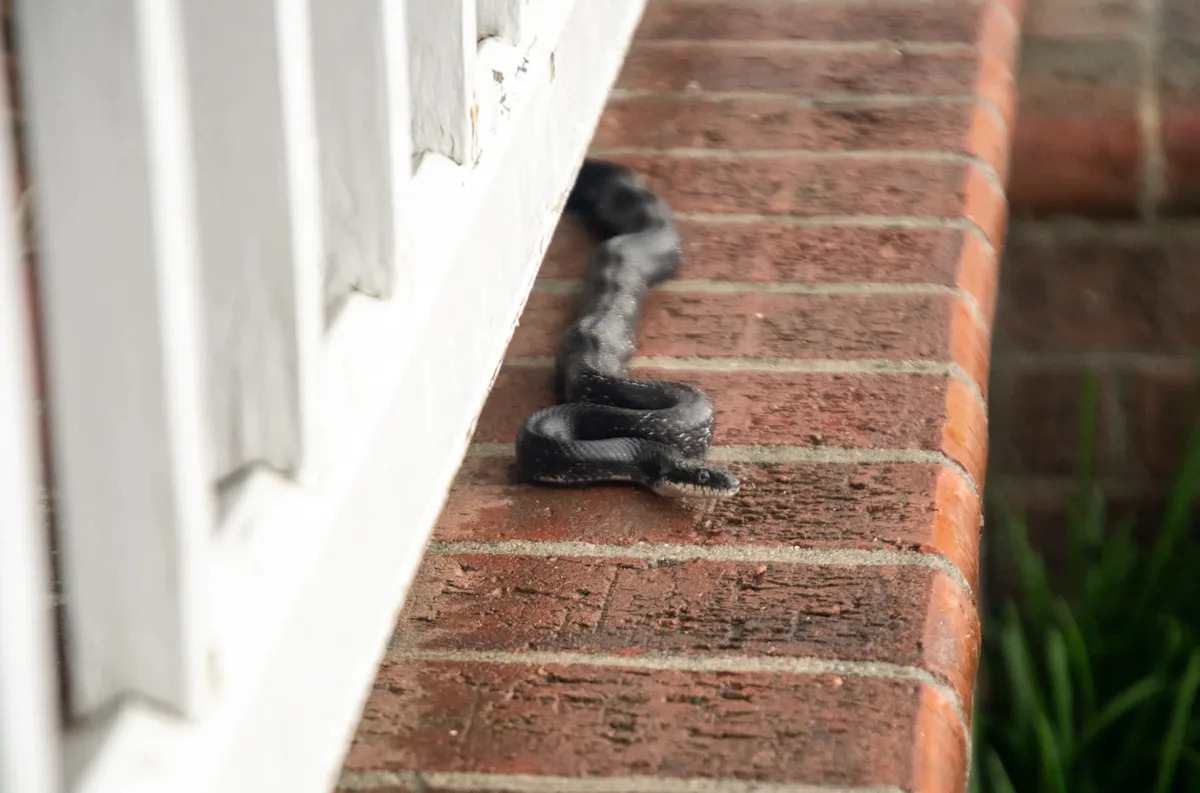You’re in Delhi. The power’s flickering again, rain’s hammering the roof, and the air clings like wet laundry. You step into the bathroom barefoot — and stop cold.
A snake. Coiled tight under the sink, tongue flicking, eyes like polished glass. It doesn’t move. But you sure do — heart racing, skin electric, backpedaling like the floor just bit you.
That’s monsoon season in the capital now. Wildlife helplines are buzzing, and snakes aren’t just showing up in forests — they’re turning up in kitchens, storerooms, even behind toilet tanks.
What’s going on?
The Times of India reported a sharp rise in snake sightings across Delhi — from upscale bungalows to dense colonies.
It’s not random. Burrows flood, prey comes out, and snakes follow. Add constant construction and habitat loss, and it’s no surprise they’re slithering into human spaces.
“Construction activities disturb underground burrows and disrupt the delicate ecosystems snakes depend on,” the Times of India explained.
Throw in warmer spells and erratic rainfall, and snake movement becomes even less predictable.
Wildlife SOS has already removed close to 90 snakes from Delhi-NCR this monsoon season.
Why does this matter?
People working outdoors or living in crowded areas face the highest level of risk.
Sanitation workers, construction crews, families in low-lying neighborhoods — they don’t just run into snakes. They live around them.
Garbage heaps and waterlogged alleys attract frogs and rodents — and where there’s prey, predators follow. Some areas lack access to nearby medical help, and not everyone knows what to do when snakes bite.
A recent study looked at how rising global temperatures are changing where venomous snakes live — which might mean seeing them in places you didn’t before.
Delhi’s floodwater problems and shifting food chains are pushing snakes indoors more often and faster than expected.
What’s being done about it?
Affected residents were encouraged to keep yards and entryways clean, seal cracks, trim bushes, and move trash and firewood away from homes.
The objective is simple: make it harder for snakes to settle in.
Wildlife teams are trained to remove snakes safely — no harm to the people, no harm to the animal. They’re working long days this season. Community groups are also spreading the word.
This tension between development and wildlife is showing up elsewhere, too.
Wild boars have been tearing through yards in the Bay Area. In British Columbia, feral pigs are chewing up farmland. And off Sydney’s coast, bull sharks are moving into shallow waters more often — all signs of animals adapting fast to disappearing habitats.
Experts in India are sounding alarms about rising snakebite cases during the rainy season, and the simple steps that could lower that risk.
One conservationist dug into how myths, fear, and flash storms all collide to make these encounters more dangerous than they need to be.
Join our free newsletter for good news and useful tips, and don’t miss this cool list of easy ways to help yourself while helping the planet.
